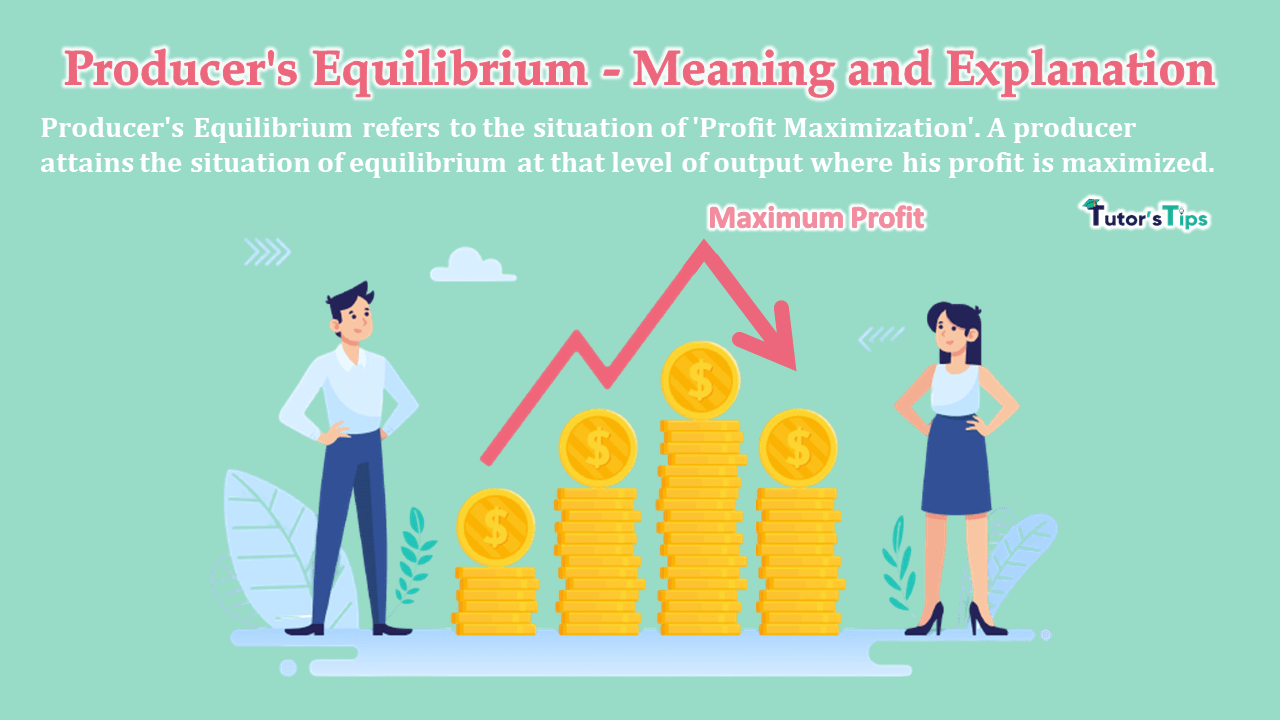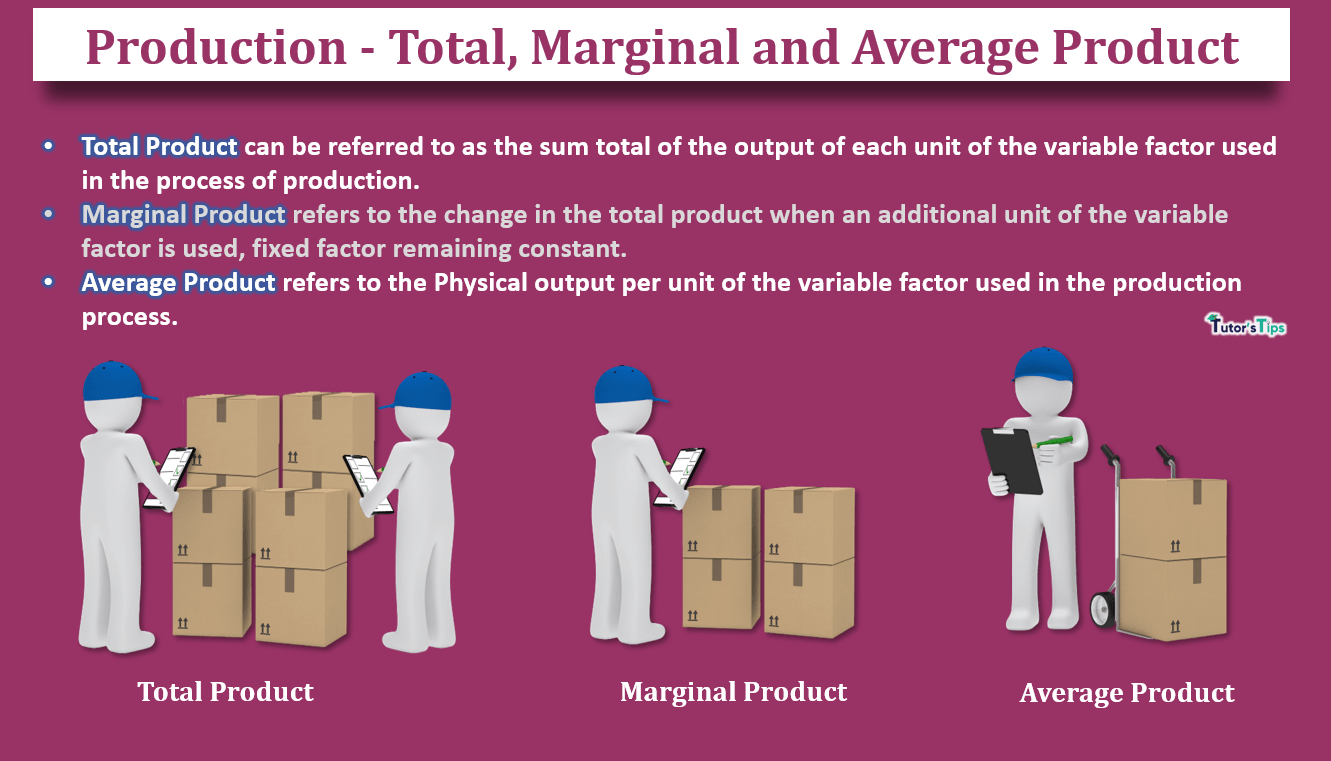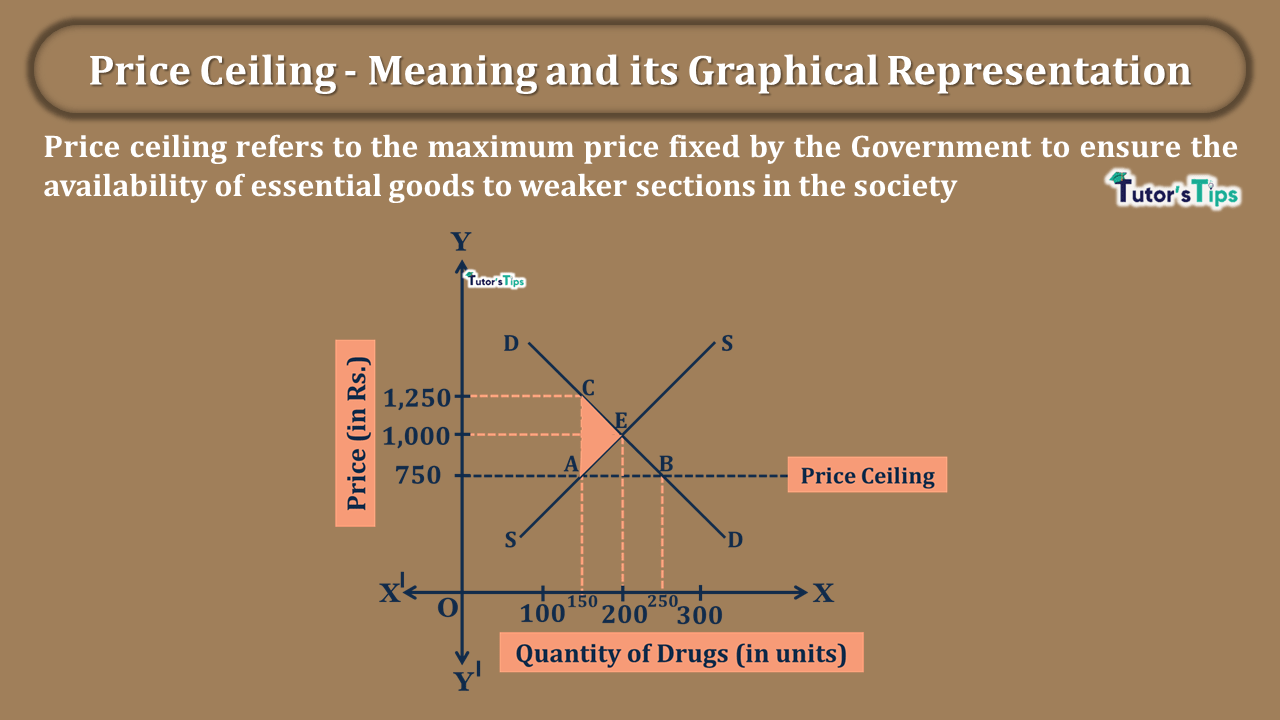Producer’s Equilibrium is the situation when a producer earns maximum profit with minimum cost in the business.
Meaning of Producer’s Equilibrium:
Producer’s Equilibrium refers to the situation of ‘Profit Maximization’. A producer attains the situation of equilibrium at that level of output where his profit is maximized. The output at which producer strikes the equilibrium or maximum profit is known as equilibrium output. At any other level of output, the producer would earn lower profit .i.e lower than the maximum profit.
As we know, profit is the difference between total revenue and total cost. Therefore,
π = TR – TC
Here,
π denotes the profit
TR denotes total revenue
TC denotes the total cost
Thus, producer equilibrium is the situation where π is maximum.
MR-MC approach to determine Producer’s Equilibrium:
The producer’s equilibrium can be explained in terms of Marginal Revenue and Marginal Cost of production.
Advertisement-X
Conditions of MR-MC approach:
The profit is maximised when two conditions are satisfied:
a) MR = MC.
b) MC is rising ( or MC is greater than MR beyond the level of equilibrium output).
Tabular Representation:
It can easily be explained by the following table by assuming the price constant:
| Units of output (Q) |
MR (Rs.) |
MC (Rs.) |
| 1 | 10 | 12 |
| 2 | 10 | 10 |
| 3 | 10 | 9 |
| 4 | 10 | 8 |
| 5 | 10 | 7 |
| 6 | 10 | 8 |
| 7 | 10 | 9 |
| 8 | 10 | 10 |
| 9 | 10 | 12 |
The above table shows the marginal revenue and marginal cost at different levels of output in perfect competition. Therefore, the price or AR is constant i.e. Rs.10. Consequently, the MR is also constant at Rs.10.
Determination of Equilibrium point:
In this, the first condition i.e. MR=MC is satisfied in two situations:
1) When 2 units of output are produced.
2) When 8 units of output are produced.
However, while in situation 1 (when output is 2 units), the MC is falling. On the other hand, in situation 2 (when output is 8 units), the MC is rising.
As noted earlier, the second condition for the determination of the producer’s equilibrium is – MC is rising. Therefore, from these two situations, only the 2nd situation satisfies this condition. Hence, here the producer’s equilibrium will strike when 8 units of output are produced, not when 2 units of output are produced.
Advertisement-X
The reason for this is that with the given price and falling MC results to the increase in the difference between TR and TVC (because of ∑MC = TVC and ∑MR = TR) or increase in total profit. Consequently, as the MC continues to fall, the difference between TR and TVC tends to rise. As a result, the profit tends to rise while falling MC. Accordingly, this situation would be irrational for the producer to strike the situation of equilibrium. This is because he has the ability to earn more profits. Thus, the equilibrium can only be struck when MC=MR = Rs. 10 and MC is rising. Therefore, here the producer will maximise his profits only when 8 units of the output can be produced.
Determination of Profit in both situations:
As in both situations, the MR=MC, the profit at both situations would be:
Situation 1: When the output = 2 units (MC is falling)
TR = ∑ MR
=Rs. (10+10) = Rs.20
TVC = ∑MC
= Rs.(12+10) = Rs.22
Accordingly, the profit would be:
π = TR-TVC
=Rs.(20-22) = -2 (Loss)
Advertisement-X
Situation 2: When the output = 8 units (MC is rising)
TR = ∑ MR
=Rs. (10+10+10+10+10+10+10+10) = Rs.80
TVC = ∑MC
= Rs.(12+10+9+8+7+8+9+10) = Rs.73
Accordingly, the profit would be:
π = TR-TVC
=Rs.(80-73) =7 (profit)
Thus, it is here clear that the difference between TR and TC tends to rise, as the output increases from 2 units to 8 units. In fact, the profit is maximum at 8 units of output. If the output is increased beyond this level, π will reduce. Thus, if 9 units of output would be produced, then
TR = ∑ MR
Advertisement-X
=Rs. (10+10+10+10+10+10+10+10+10) = Rs.90
TVC = ∑MC
= Rs.(12+10+9+8+7+8+9+10+12) = Rs.85
Accordingly, the profit would be:
π = TR-TVC
=Rs.(90-85)
= 5 (which is less than Rs.7 when output is 8 units)
Hence, it can be said that:
The producer will reach a point of equilibrium or his profit is maximized only when MR=MC and when MC is rising.
Graphical Representation:

In fig, X-axis shows the units of output and Y-axis shows the revenue and cost. It is drawn on the assumption that AR is constant for the firm and is equal to Rs.10. Hence, It represents the situation of perfect competition. Accordingly, the AR=MR and shown by the horizontal line parallel to the X-axis. MC curve is shown to be U shaped as usual. Here, the MC = MR in two situations:
Advertisement-X
- at point A, when output is 2 units, and
- at point B, when output is 8 units.
In situation 1, MC is falling. But, in situation 2, the MC is rising.
Equilibrium point:
The producer equilibrium will be struck at point B when MC=MR and when MC is rising. It is at point B, where the profit is maximum i.e. Rs.7, not at point A. In fact, B is a situation of profit while A is a situation of loss. We can understand this as:
As we know,
At situation A, the MC is falling and
Total Revenue = Rs.20
Total Variable Cost = Rs. 22
Here,
TR<TVC
Therefore, it is a situation of loss for the firm. At this situation, the producer wouldn’t be able to undertake the production of output.
At situation B, the MC is rising and
Advertisement-X
TR at equilibrium output = Rs.80
TVC at equilibrium output = Rs.73
Here,
TR>TVC
Therefore, it is a situation of profit for the firm. Accordingly, the producer will strike his equilibrium only in situation-2, when:
- MR=MC
- MC is rising.
Thanks Please share with your friends
Comment if you have any questions.
References:
Introductory Microeconomics – Class 11 – CBSE (2020-21)
Advertisement-X







1 Comment